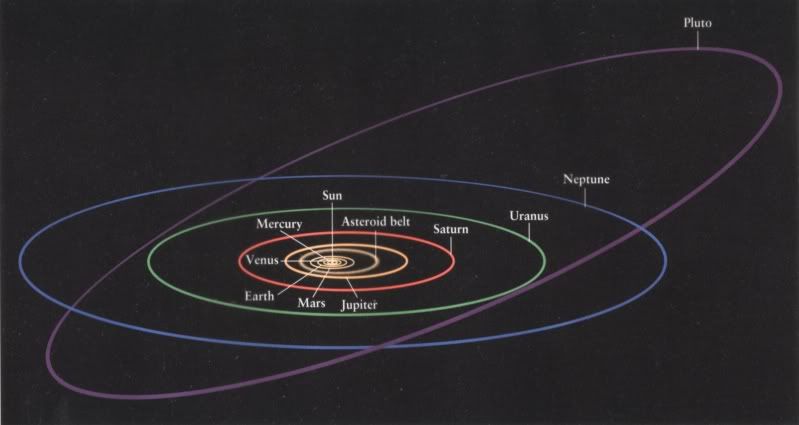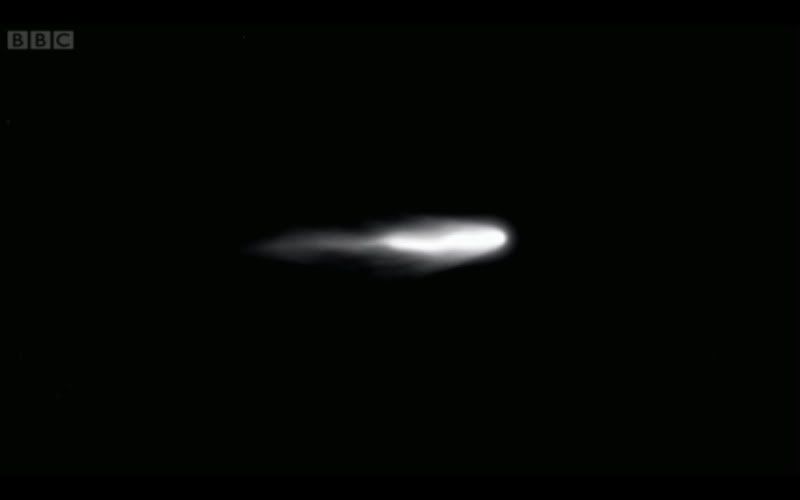--James Turrell
Bindu Shards
I went back for my booked session in the chamber at the James Turrell exhibition to see the piece called ‘Bindu Shards’. I was actually quite nervous waiting to go in, as I watched the woman before me be inserted into the side of the huge metal sphere. When it came to my turn I was asked whether I wanted to do the hard or soft setting. Apparently the hard one was more intense visually with more kaleidoscopic images while the soft one had breaks inbetween of just colour. The woman described it as going through a wormhole, which clinched it for me – I decided to go with that one.
I had to sign a form saying I wouldn’t sue them if I had a fit or whatever, then I took my coat and shoes off and lay on the bed inside the drawer. They gave me a panic button in case I wanted to come out, and told me it would last 15 minutes ‘but feels like less’! I put the headphones on and they pushed the drawer into the chamber. I had a little look around once I was inside, basically the inside surface was completely smooth and white, and the bed was held in the centre by metal supports, then around it was a circle of LED lights facing outwards, so that the white walls reflected the colour and lit the entire space. It was very strange being inside there. I held my hands up to my face but otherwise all I could see was the outline of my nose.
The colours started gently, with slow fades from one colour to the next. Inbetween there would be fast changes, which immediately conjured beautiful patterns and colours which I was sure weren’t really there. The sound fitted perfectly, it was a deep mechanical hum which would sort of make a ‘wowwwowww’ sound in time with the colours. I forgot it was there after a while but it made the experience really involving. It was really relaxing, and easy to just allow these crazy things to happen to my eyes with no effort at all. Most of what I saw was perfectly symmetrical and kaleidoscopic, but here are a few of the other stranger things.




Here is a little research on the Purkinje effect and eye adaptation.
I wonder if I could make an installation where people have to be exposed to either light or dark for a set amount of time before going in.
What I’m thinking of is the effect that you get in theatre when the person on stage is the only thing lit in the room, and over time they start to glow and the surroundings become darker.
Im sure if i could get a dark enough space I could achieve a similar effect.
Sound
I wasn’t really thinking of using sound in my piece because in my experience sound is so often done badly, unnecessarily jarring to seem arty and pretentious... Rosie gave me some names to research on sound in art and I looked them up but just wasn’t inspired at all – they all seemed to be just the sort of things that annoy me. I wonder if I am not an auditory learner or something and that my brain is just not as interested in sound as visuals; after all I am making this work through a process of fumbling through what I like the best, so I’m bound to cut out what I don’t find particularly interesting.. HOWEVER. My experience of the use of sound in James Turrell’s work has shown me that it can be done well, so I have been converted to using sound.
I was put off initially by the thought that surely there is no sound in space – surely to add sound wouldn’t make any sense, it would just be recordings of me scratching things or clattering around a kitchen and it would be completely pointless. But there is sound in space! And there are art projects devoted to it!
This one also looks great but unfortunately there’s a link broken so I can’t listen www.radio-astronomy.net I’m assuming that its pretty similar to the Radio Astronomy video though.
Hopefully I can try using some of these real space sounds or if not try out a few atmospheric sounds such as the ones from films – possibly from Apollo 13 or something.
Experiment
I strung up one of the polystyrene balls using a needle tied to some thread and then bluetacked up. The balls are really light so it’s easy to hang them, and also dense enough for the needle to stay firmly in place.
I blocked out all the light on my OHP with paper except for a perfect circle made with a sellotape roll. Then I experimented with lining up the lit circle with the ball to create different shadows and to look at the way the light falls onto the curved surface. Because of the way the OHP is made, sometimes you get a spectrum of colours which appeared in some of the photographs. I especially like the purples and blues because they look like real planet colours.







From this experiment I can see that the polystyrene balls are a definite possibility in a final piece, and that they are almost exactly what I would like.
I have had a problem with the textured surface, and have blurred it out in all the edited images. I think in an installation it may not matter so much.
Tutorial
It was good for me in the group tutorial today to summarise my ideas out loud and in chronological order, as it gave me a good overview. As a result I feel clearer about the final piece that I would currently like to see myself making.
The next experiment I want to do is the animation projection onto a cluster of hanging spheres. I can take my time putting the footage together then splitting the screen into darkness with a few pin holes that I will line up to the spheres.


Here is how it would look from above.
I will be looking into getting some basic motors but for some reason the idea is really daunting! If I could have all the balls on different orbits they would align differently all the time, and I could play with the light and maybe include beams of light bouncing off mirrors.
Elective
For our group work we did a piece called ‘Out of Order’ which was a college wide performance. I won’t put in all the pages I’ve been doing for the folder supporting it, but it was basically the outcome from the starting point of Wimbledon college plus the theme of performance. Our group was clearly looking for something that commented on college life in a humorous or satirical way and when we started talking about how the girl’s loos are always out of order it didn’t take long to reach our final idea. We made hundreds of out of order signs complete with the UAL logo to look as official as possible, and in a coordinated attack we handed them out to students on the following Tuesday instructing them to put them up wherever they didn’t like something. The effect was quite satisfying, while most of the signs were on silly things like fire extinguishers or clocks, some were really used to voice a problem – on the opening times for the shop or on some tutor’s office doors. I really liked the ones on the security cameras because I agree that we shouldn’t be being watched all the time.
Now that the group project is over I have been working on my idea for my individual work.
My inspiration came from the sunflower seeds at the Tate Modern. I was really disappointed to hear the story of how they had been closed because of visitor’s “enthusiastic interaction” with the piece which had “resulted in a greater-than-expected level of dust in the Turbine hall.” The seeds were designed to be walked on. It was the *entire point* of the piece – “the trampling of the seeds ..represents the horrors [the Chinese] suffered under Mao’s rule” in reference to the comparison made during the cultural revolution that Mao was portrayed as the sun and the Chinese people as sunflowers turning towards him.[sky news online]
I’m really interested in the idea of a piece of work being made to be experienced in a specific way but for whatever reason is impossible. Health and safety is one possible angle to use, as it’s also quite a current issue in art. I’m not sure where to start but I like the fact that its a challenge. In my tutorial James basically told me to go and do crazy things like putting heaters in the middle of puddles so if I end up in some bizarre accident over the next few weeks readers will know why.
Work Experience
I emailed Eddie Hamilton who is a family friend about needing a placement and he very kindly has offered to give me ten days experience working with the editors of the new X-Men film! It isn't definite so I will be looking to do a back-up placement, but I will know in February whether I can go ahead.
Finally here are the latest videos on youtube that have been inspiring me...
That's all for now!
Theodora








